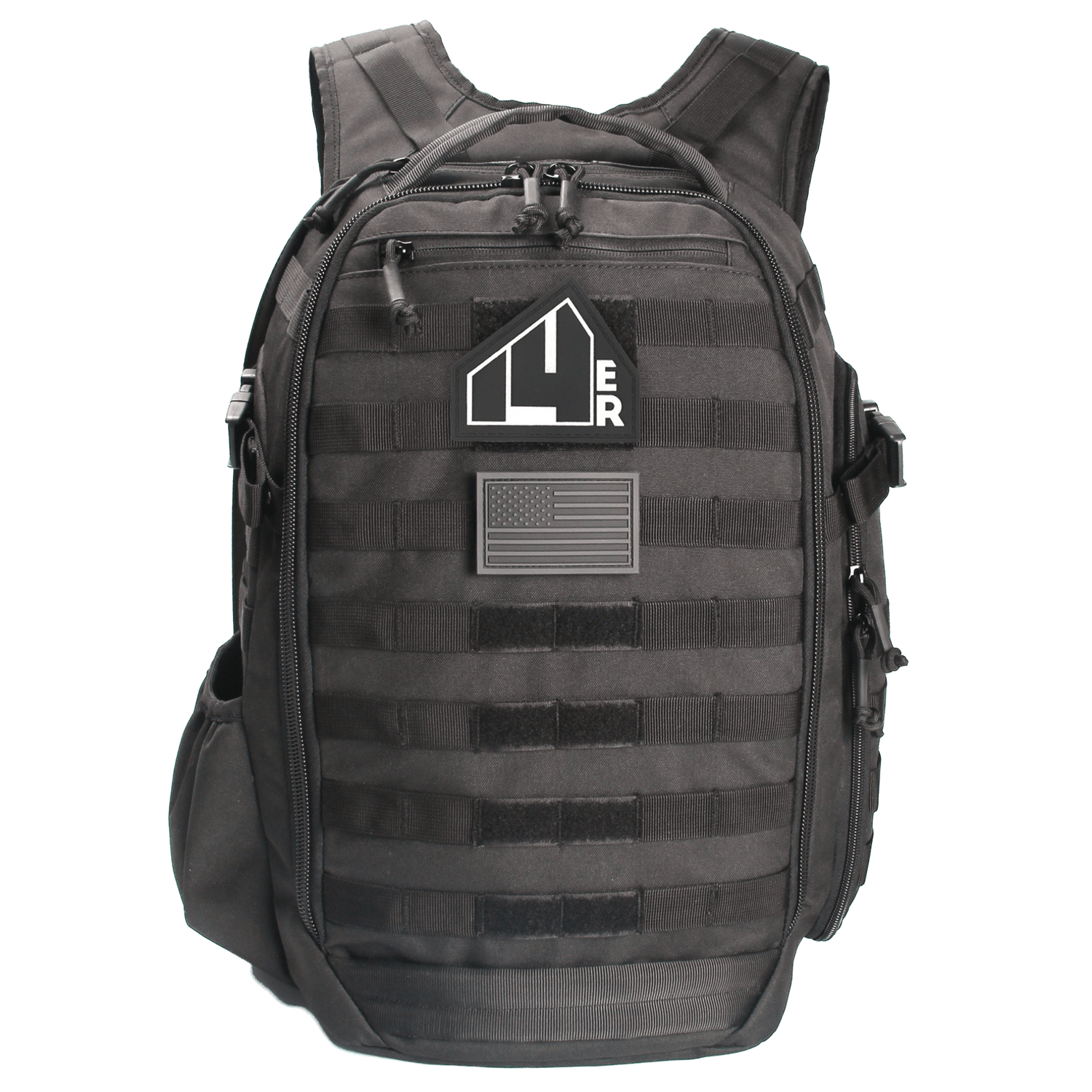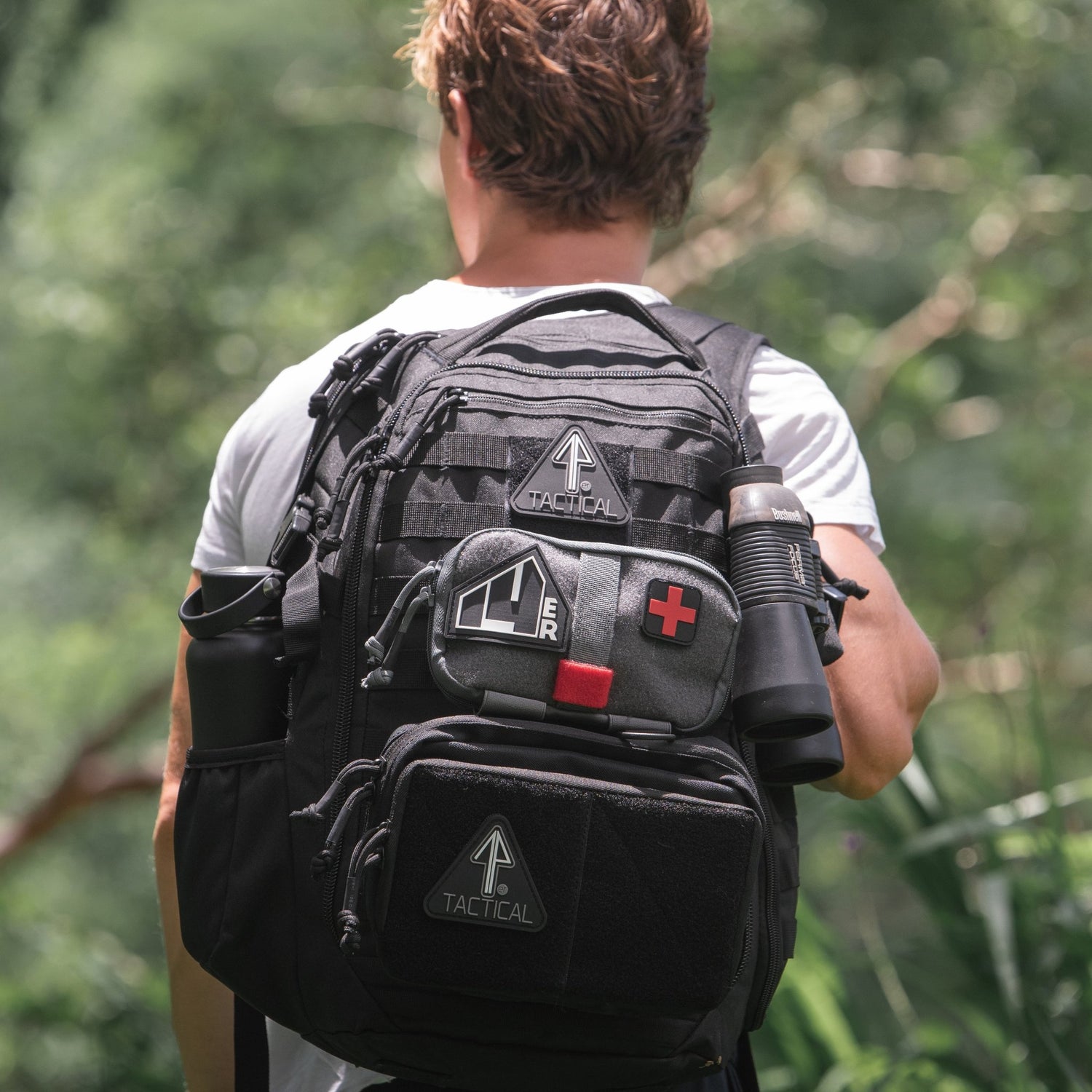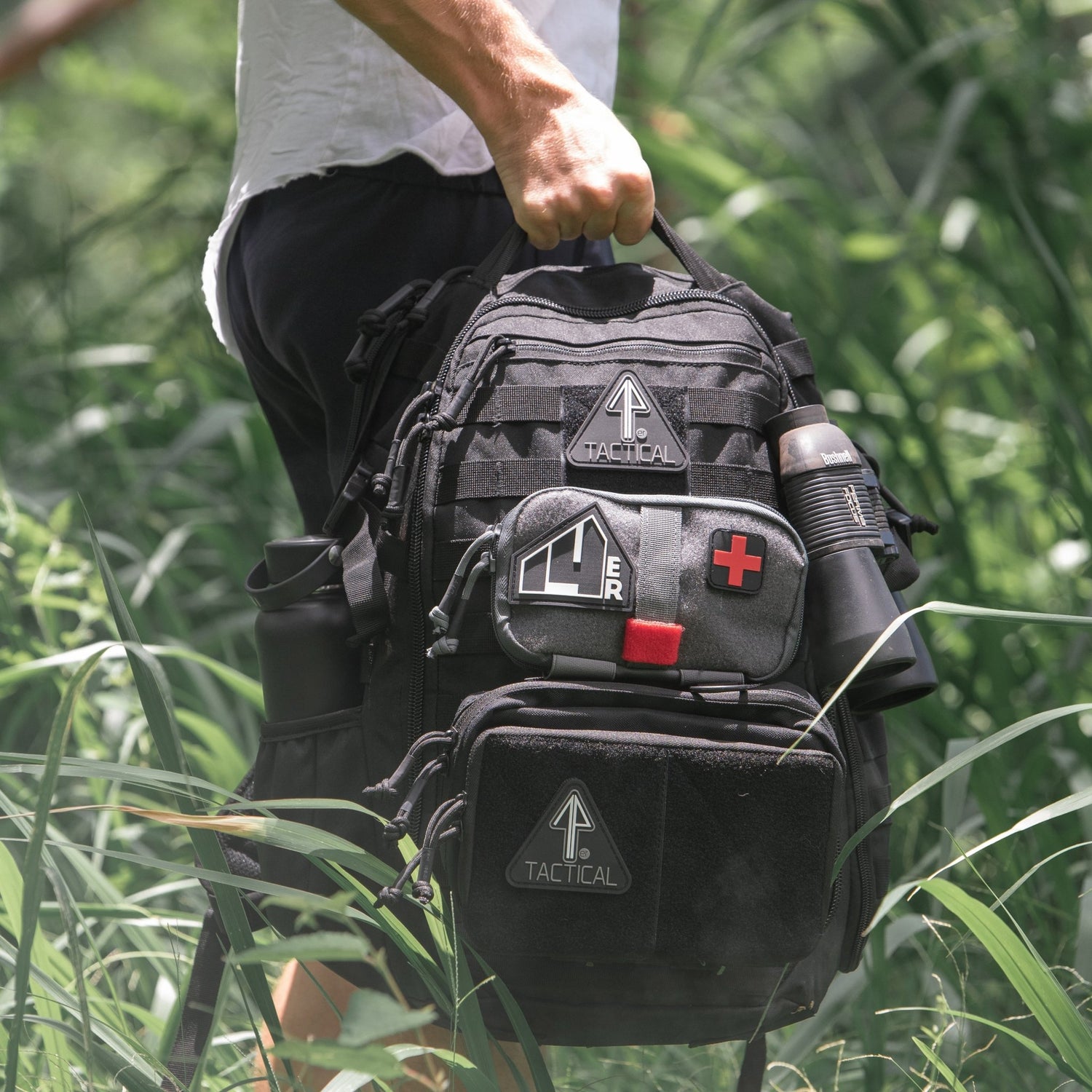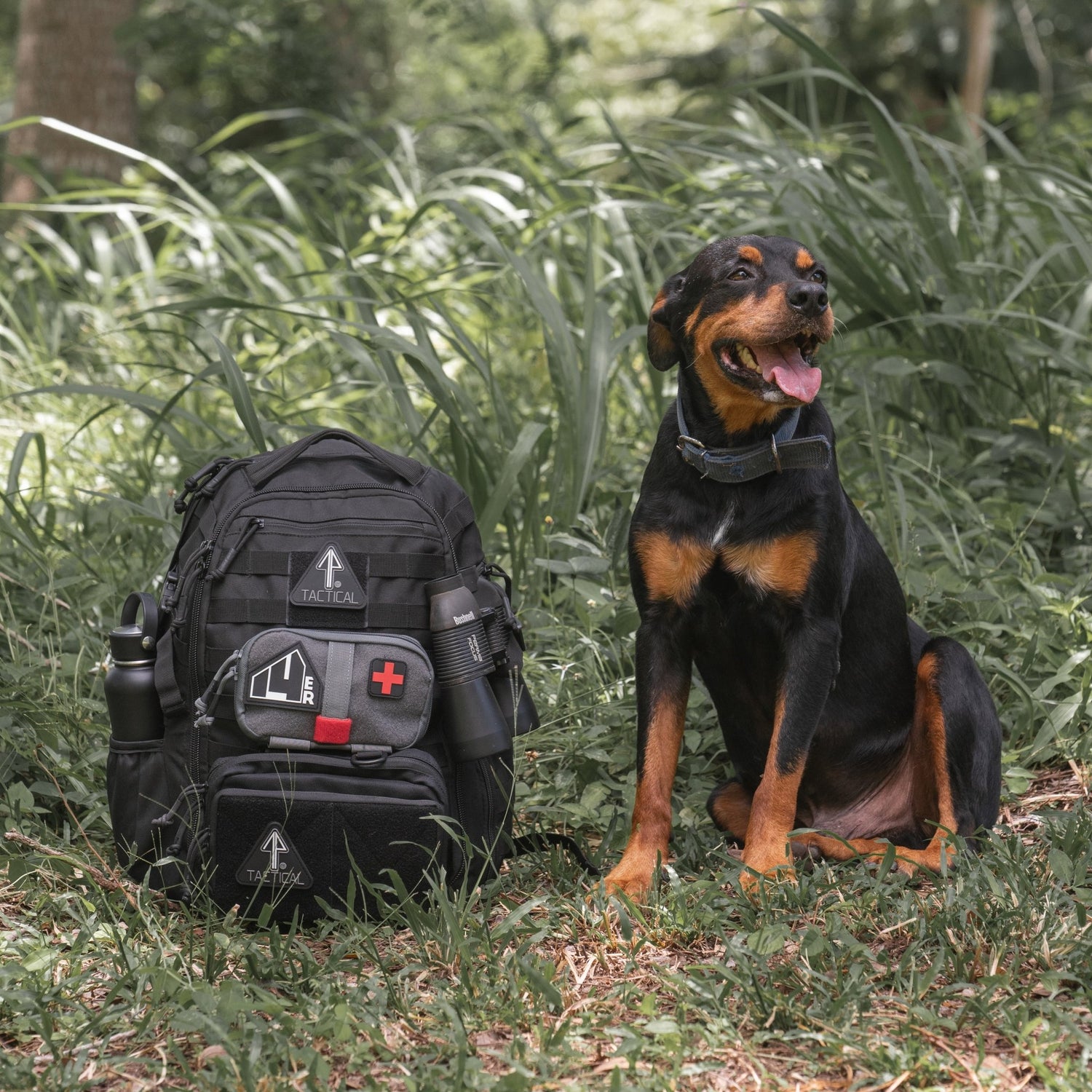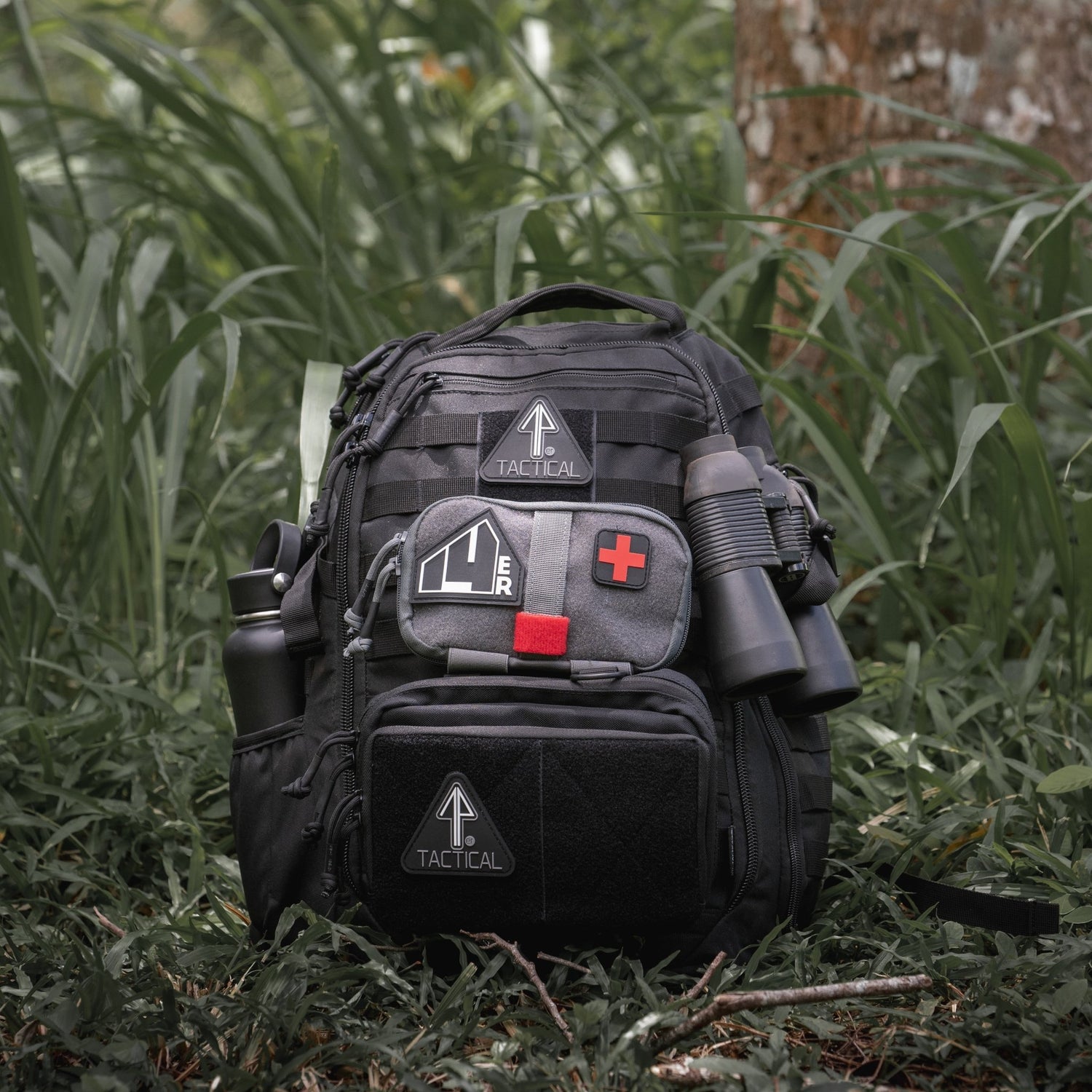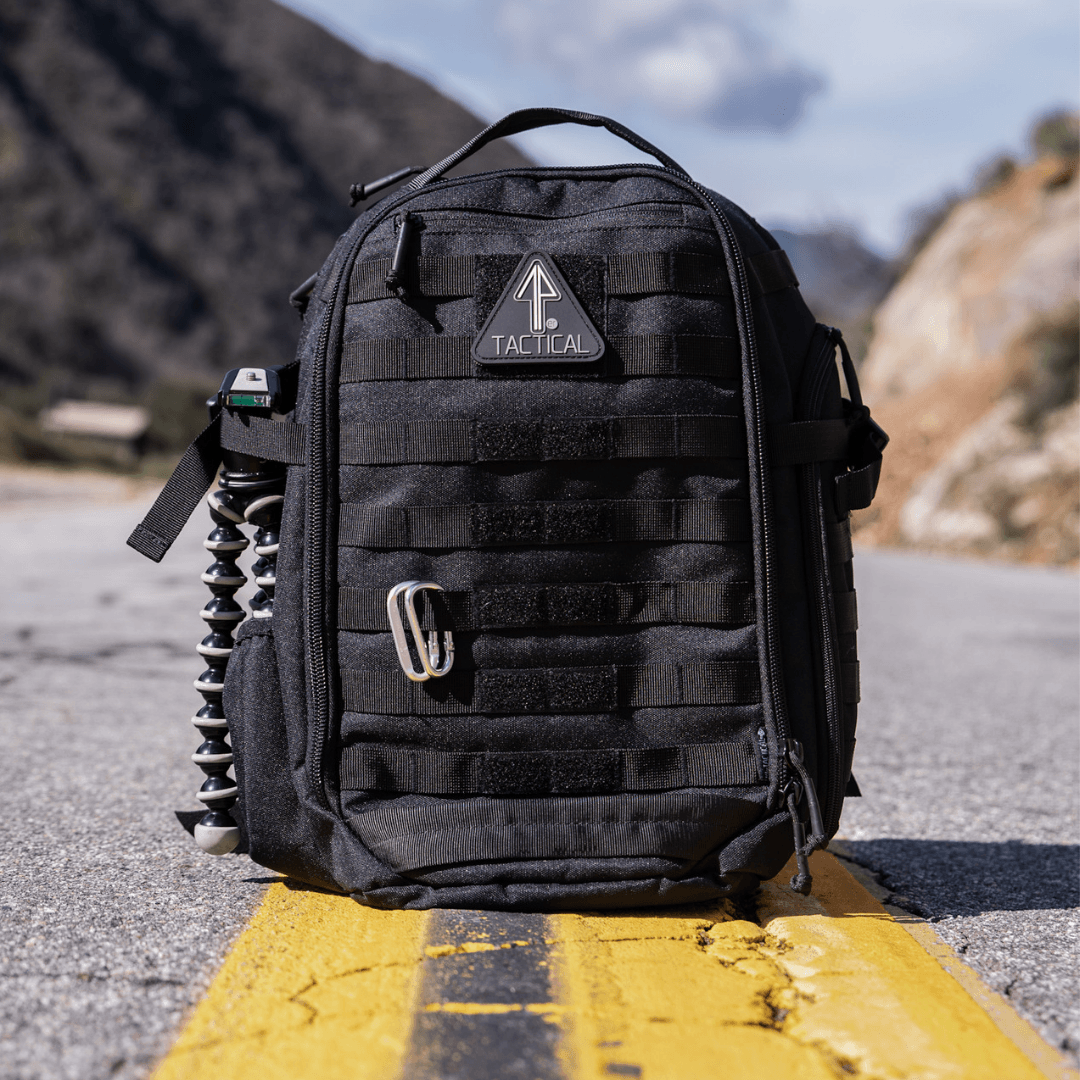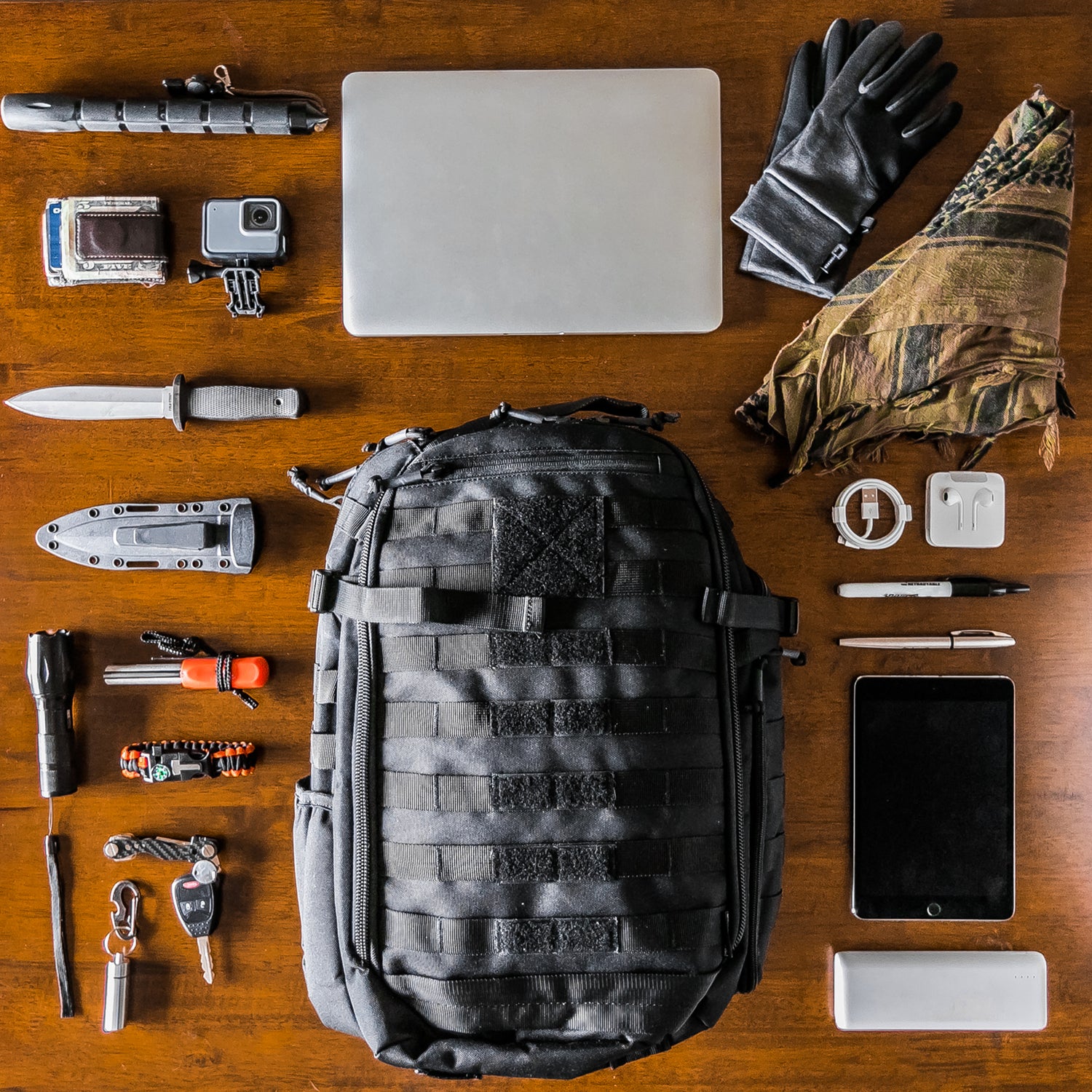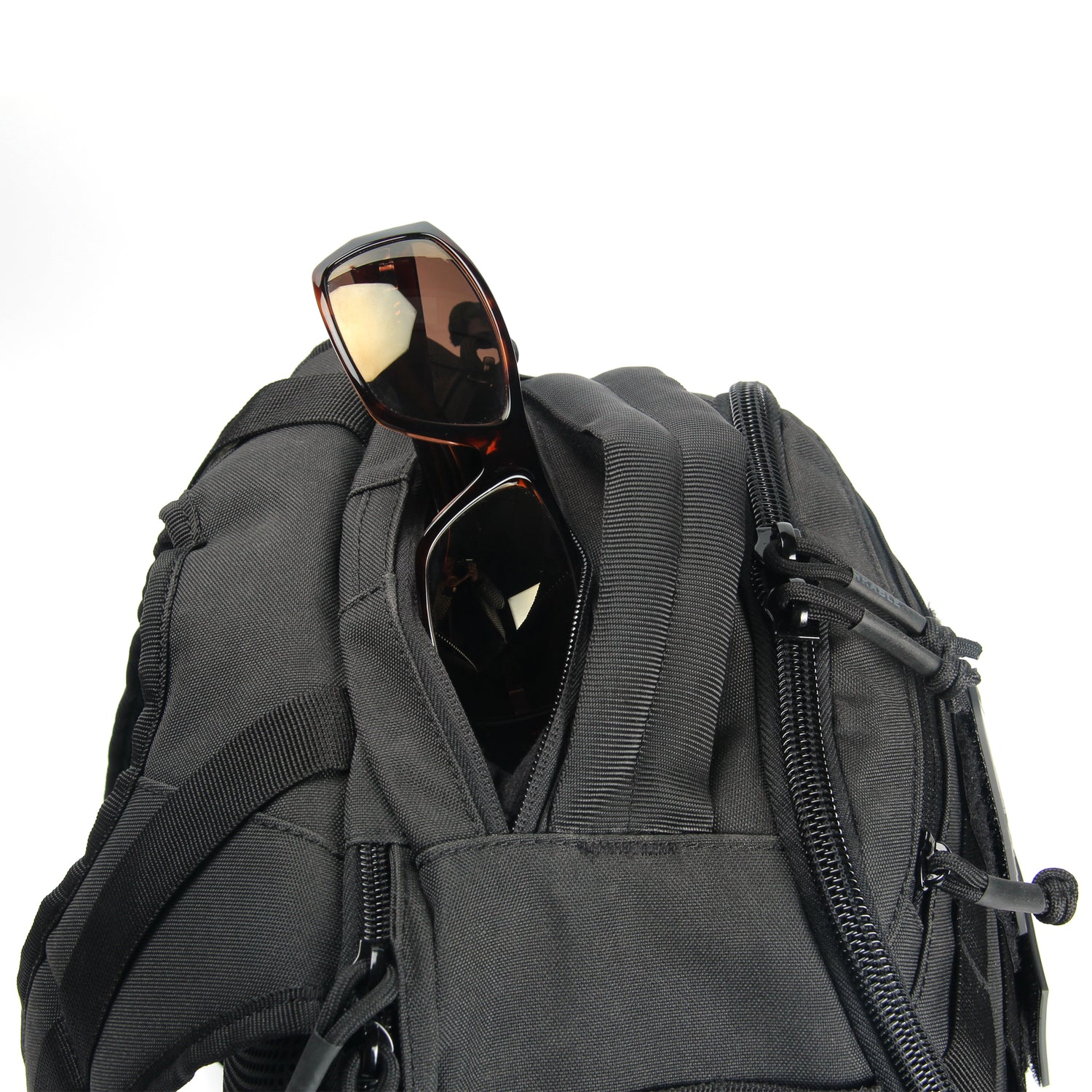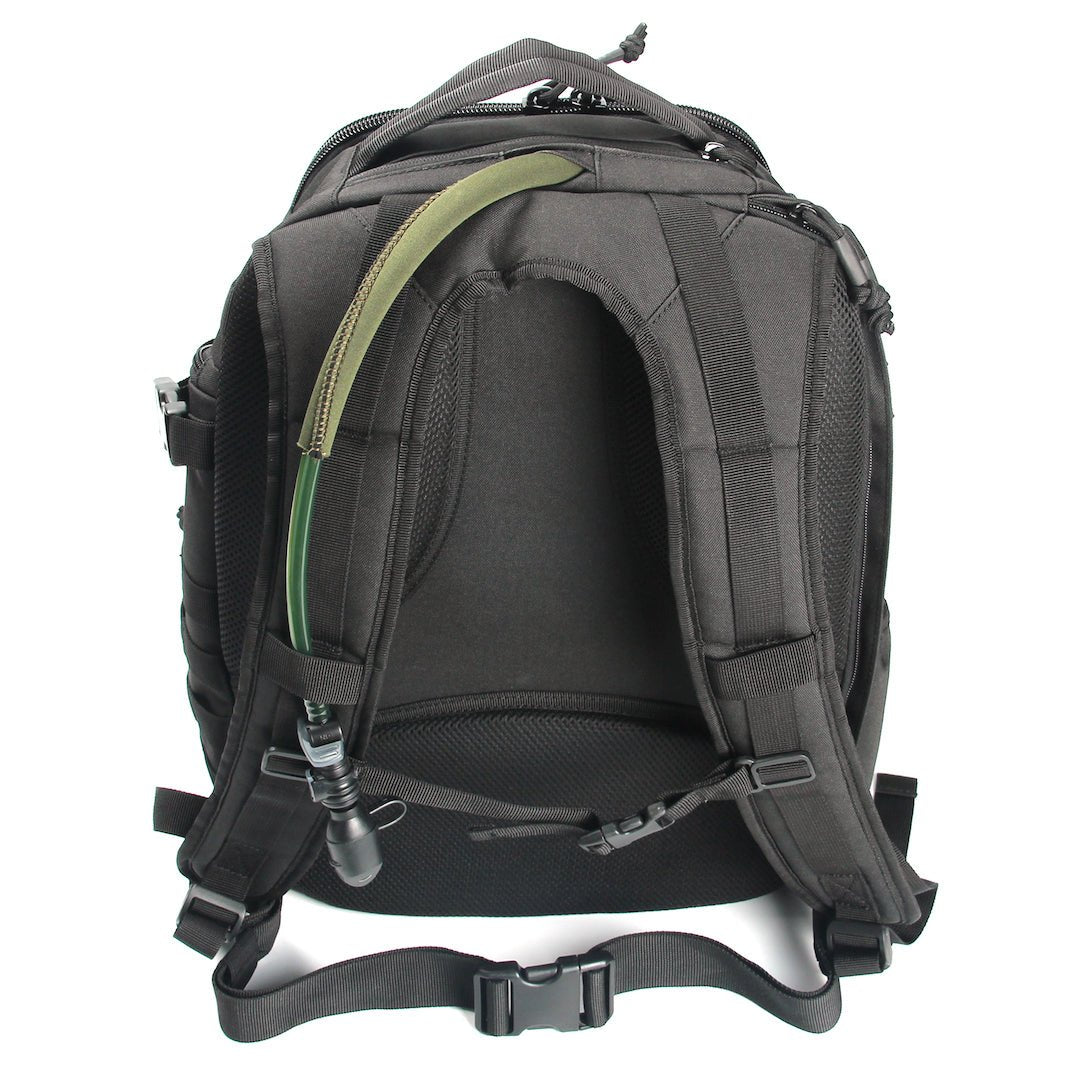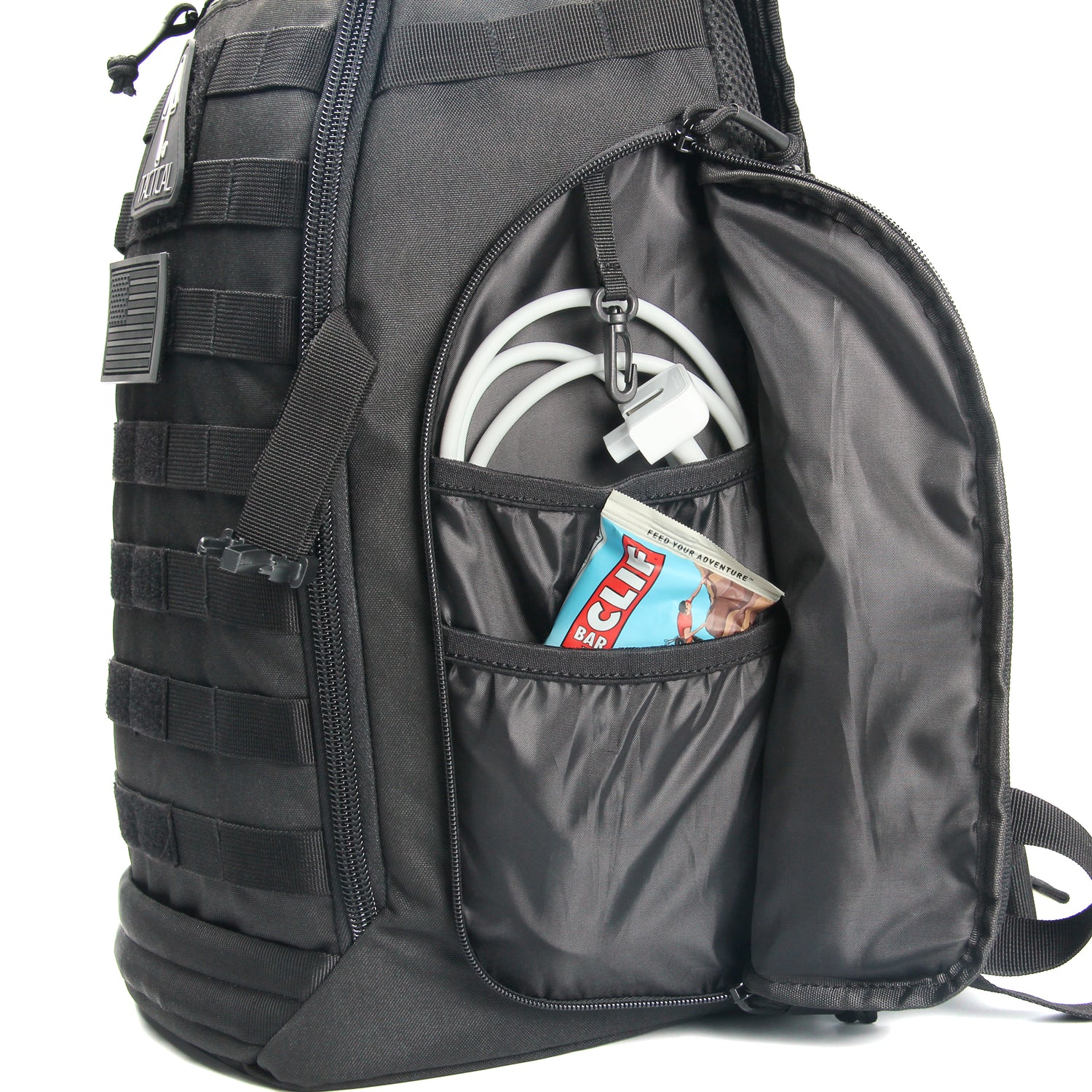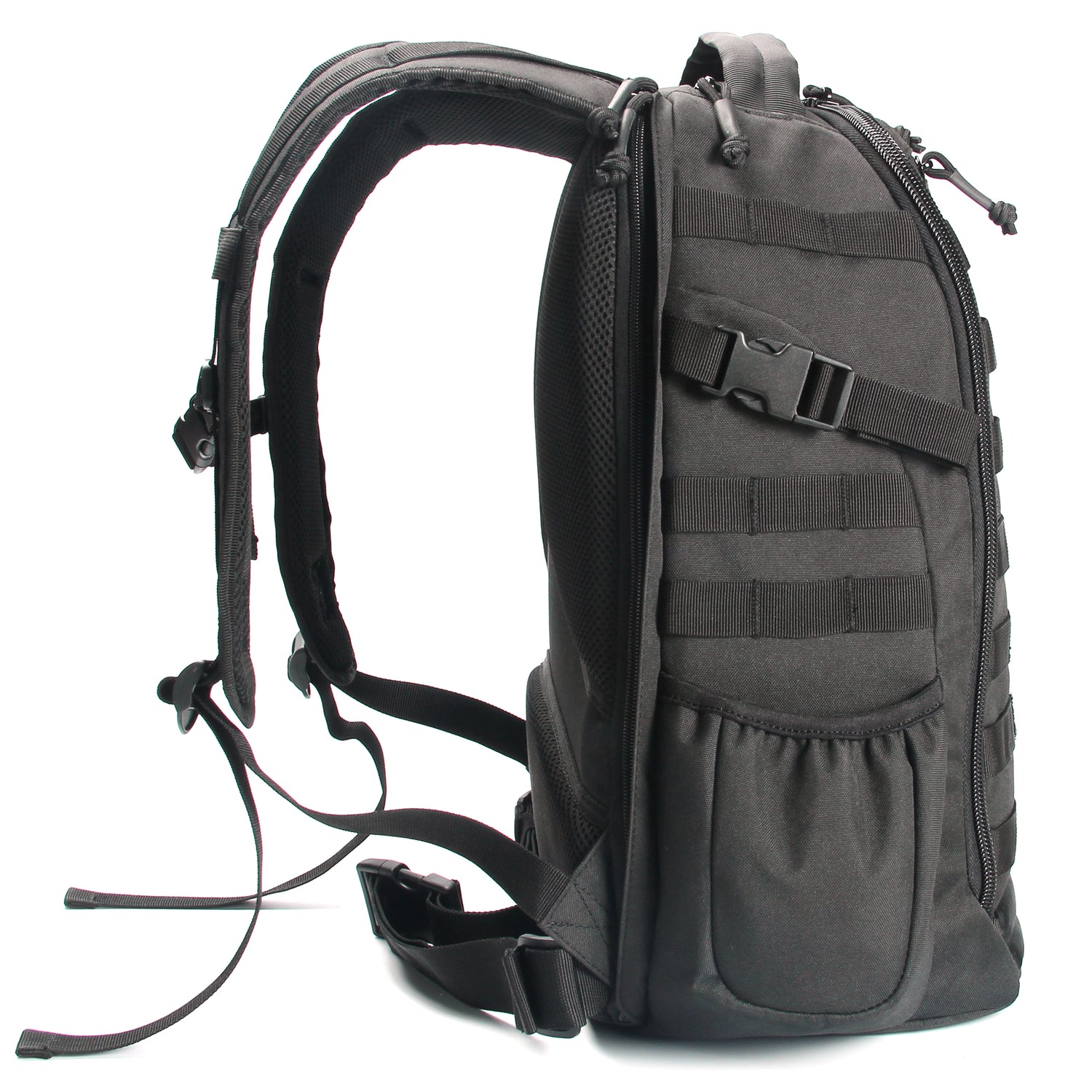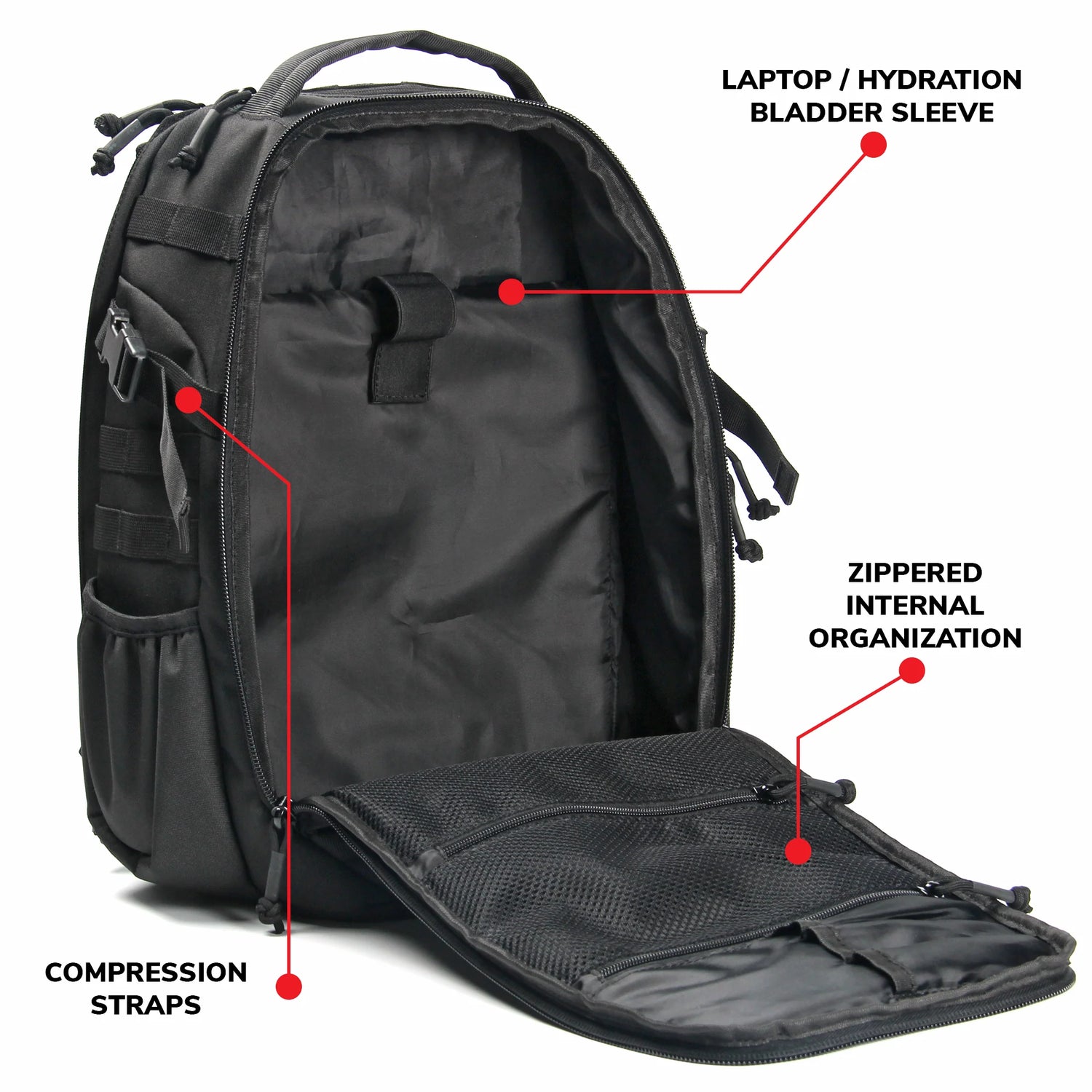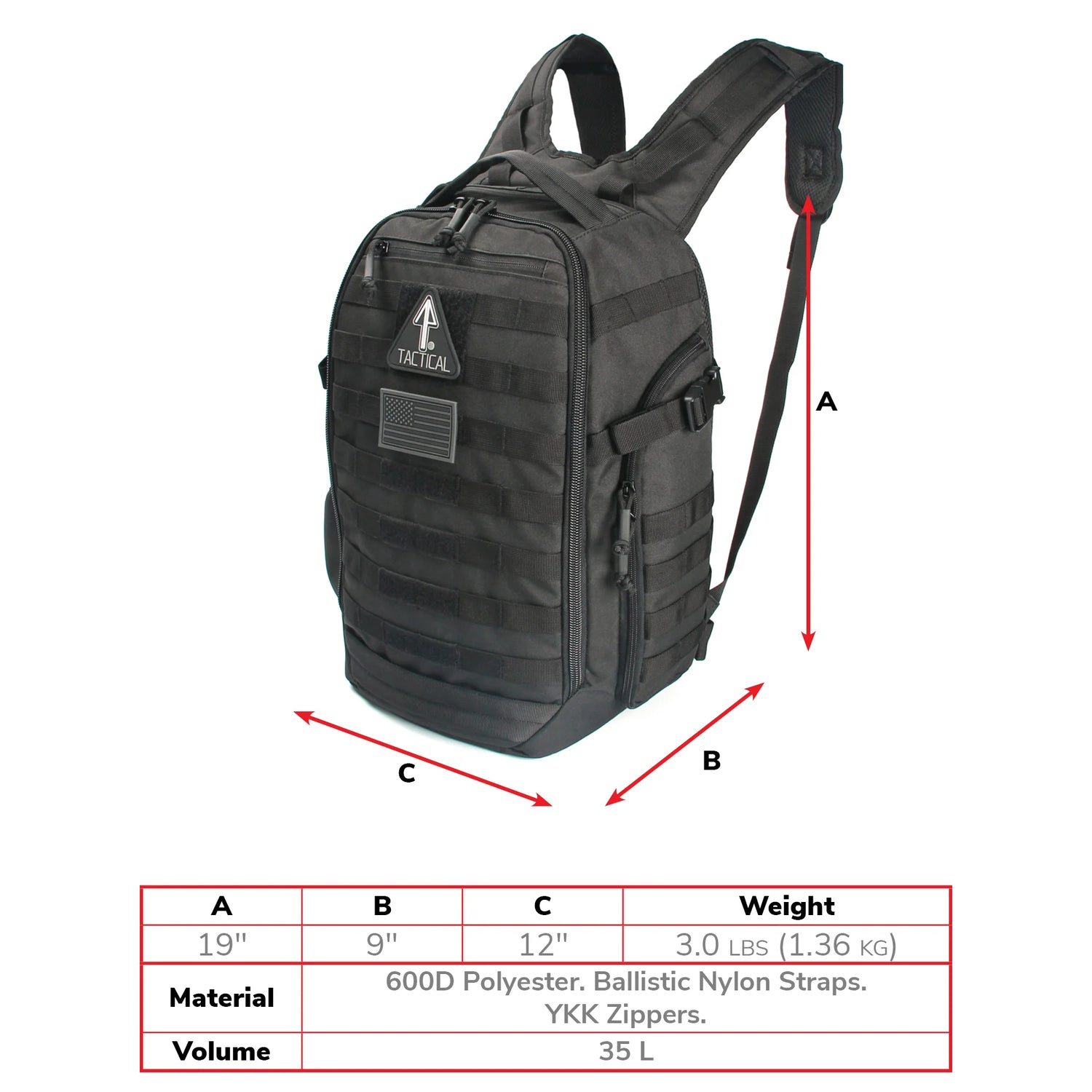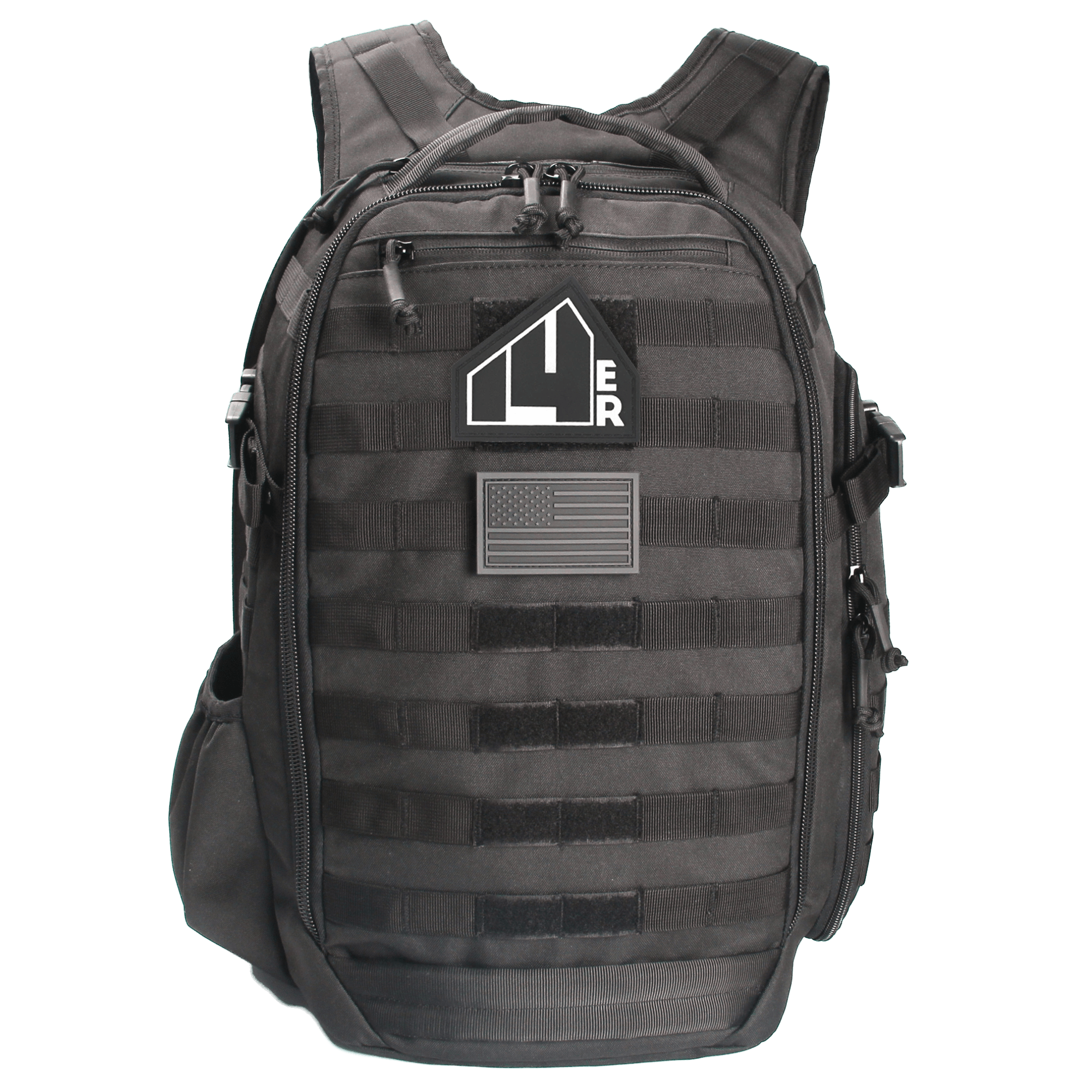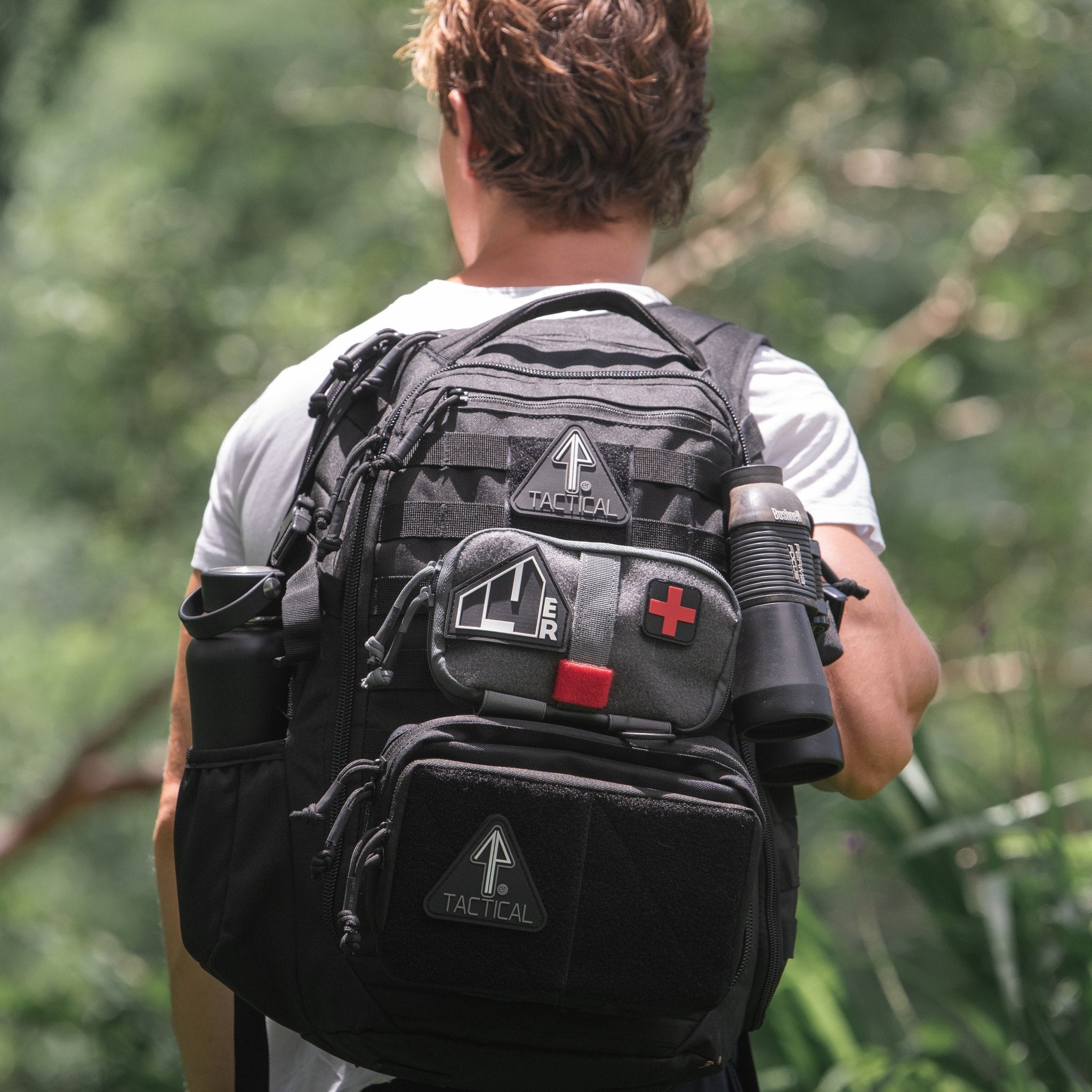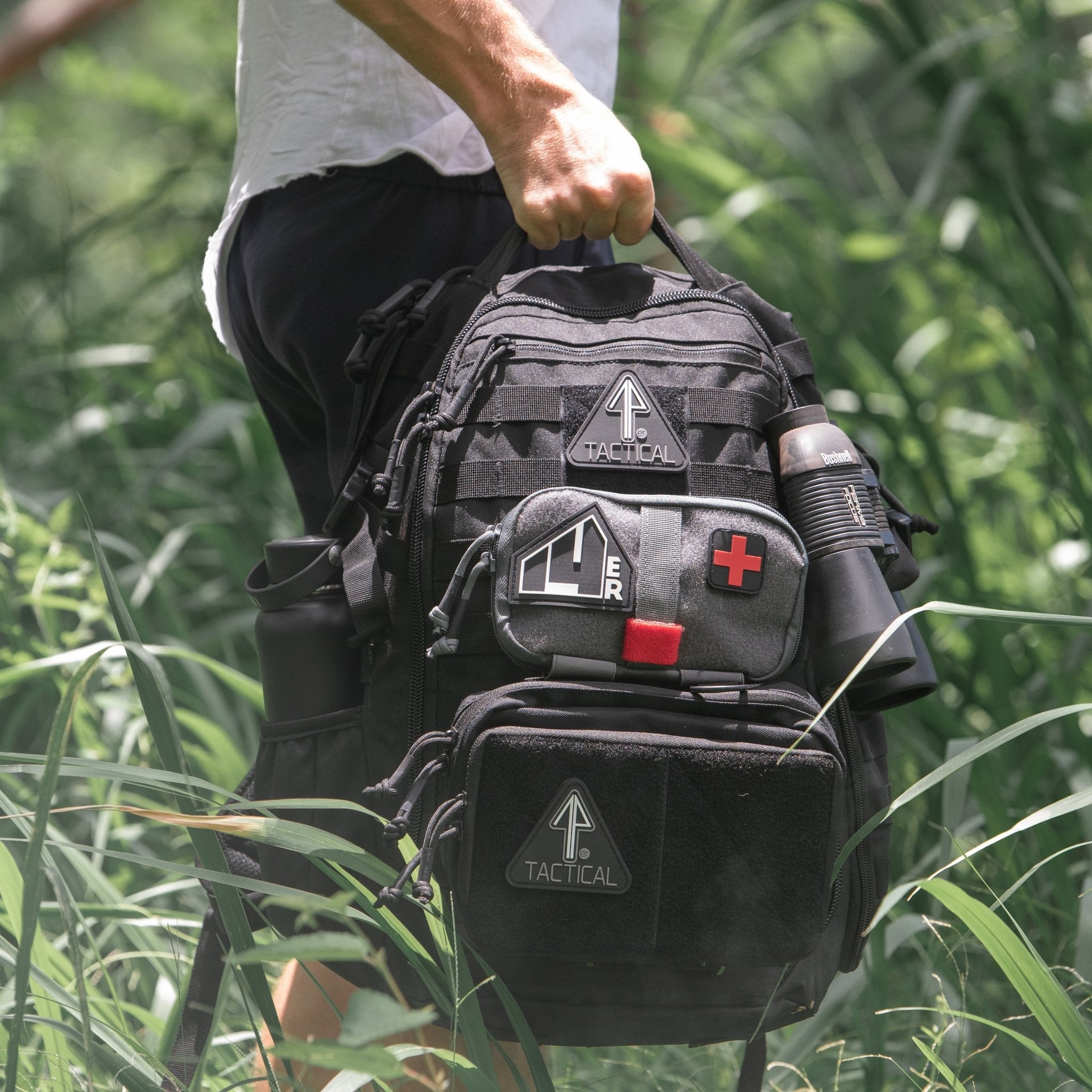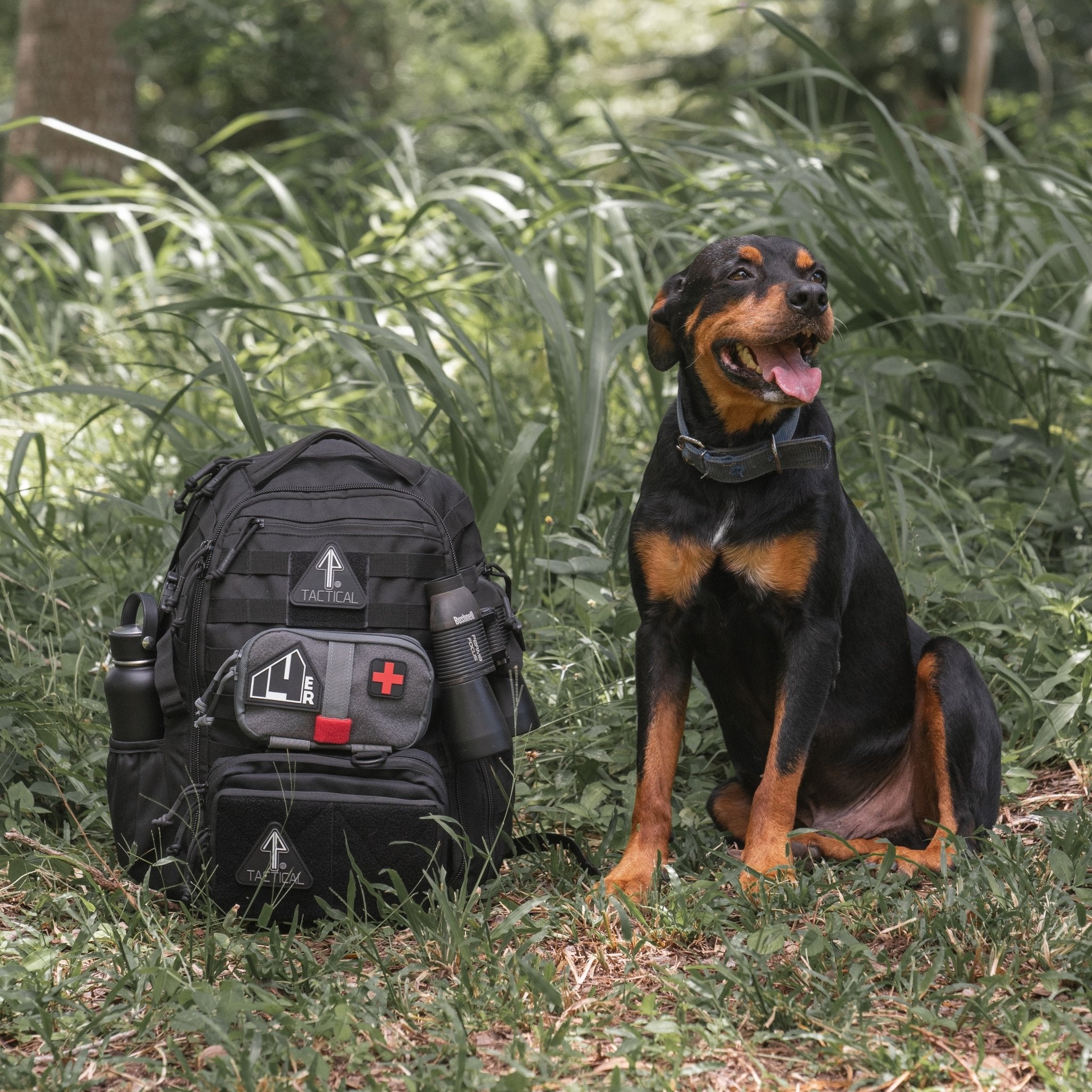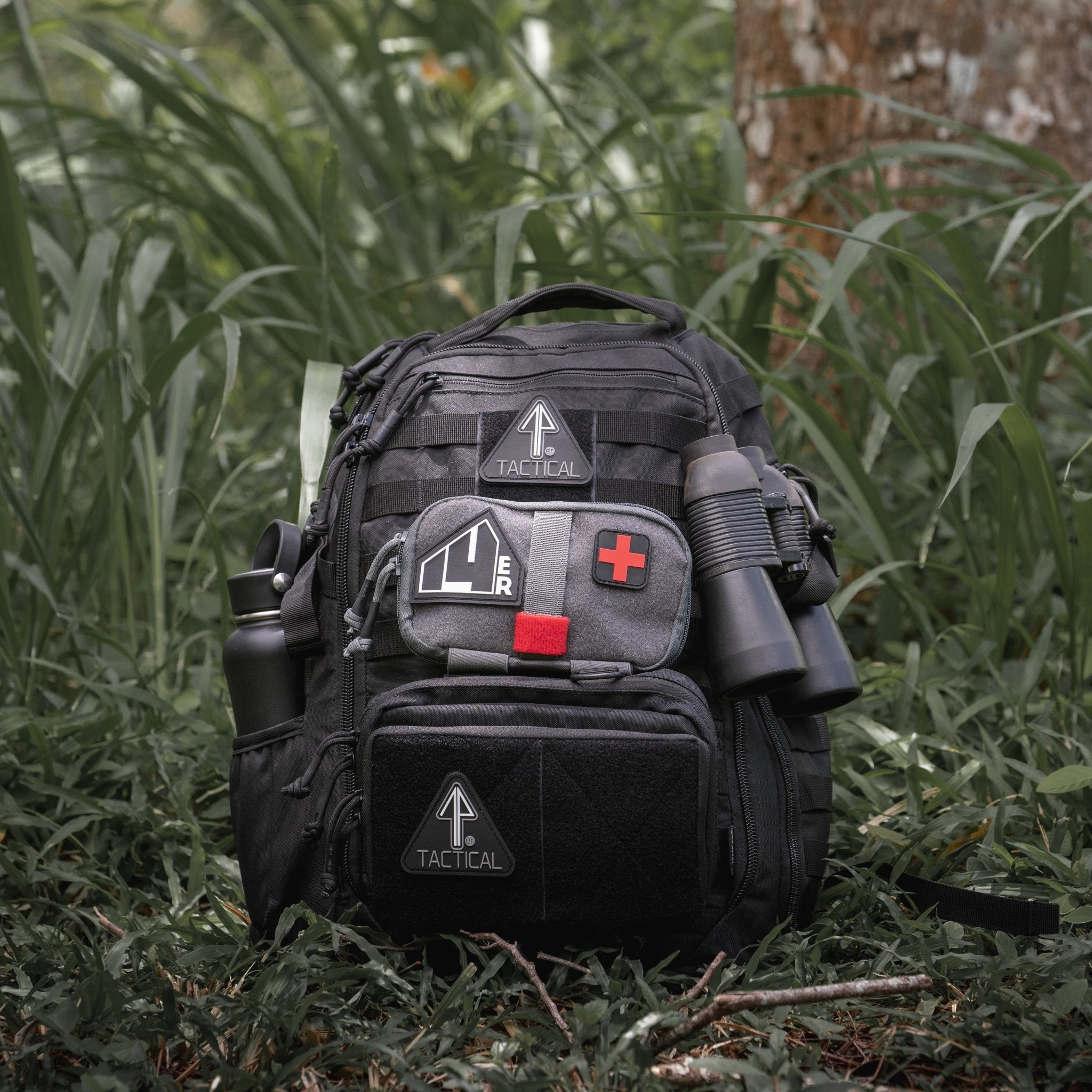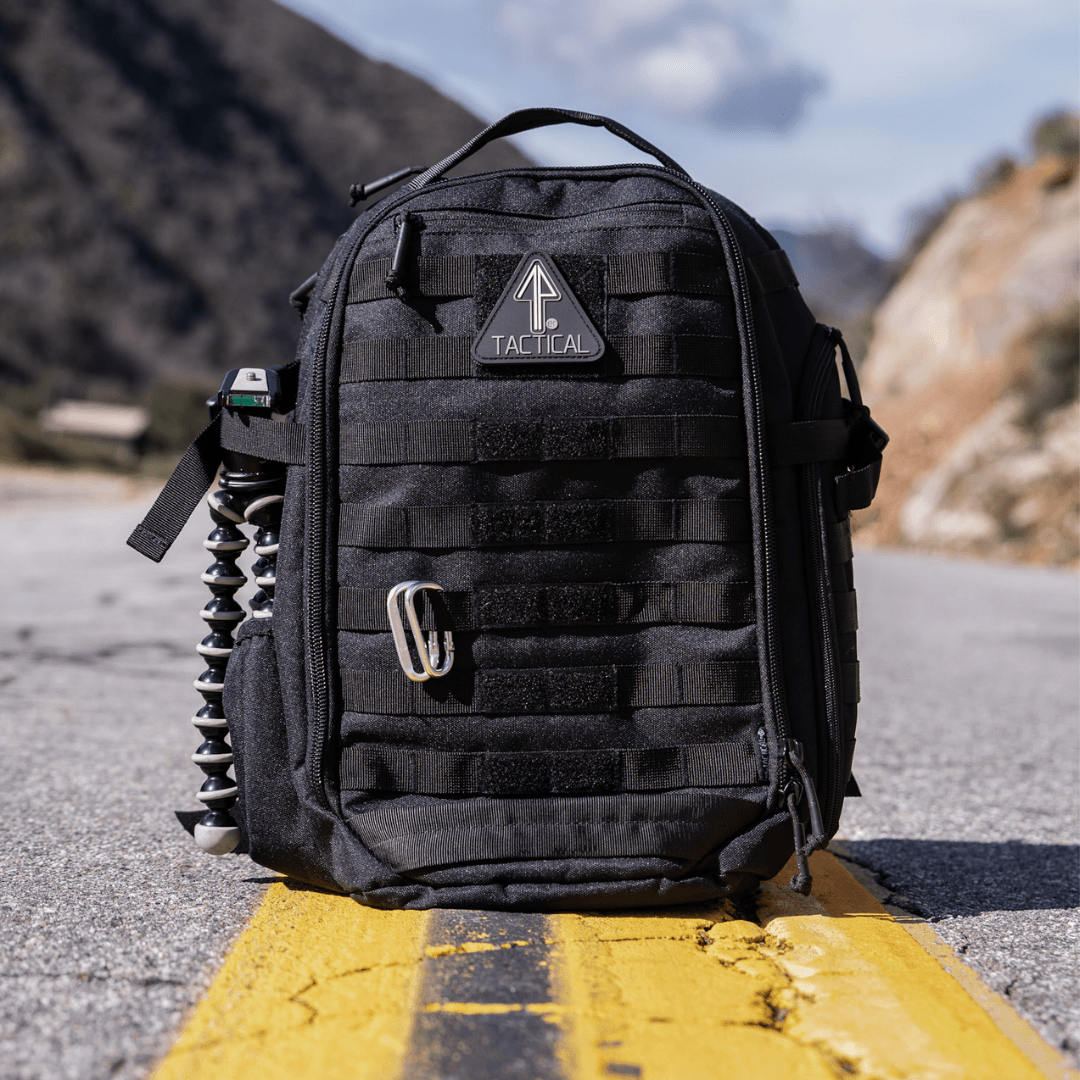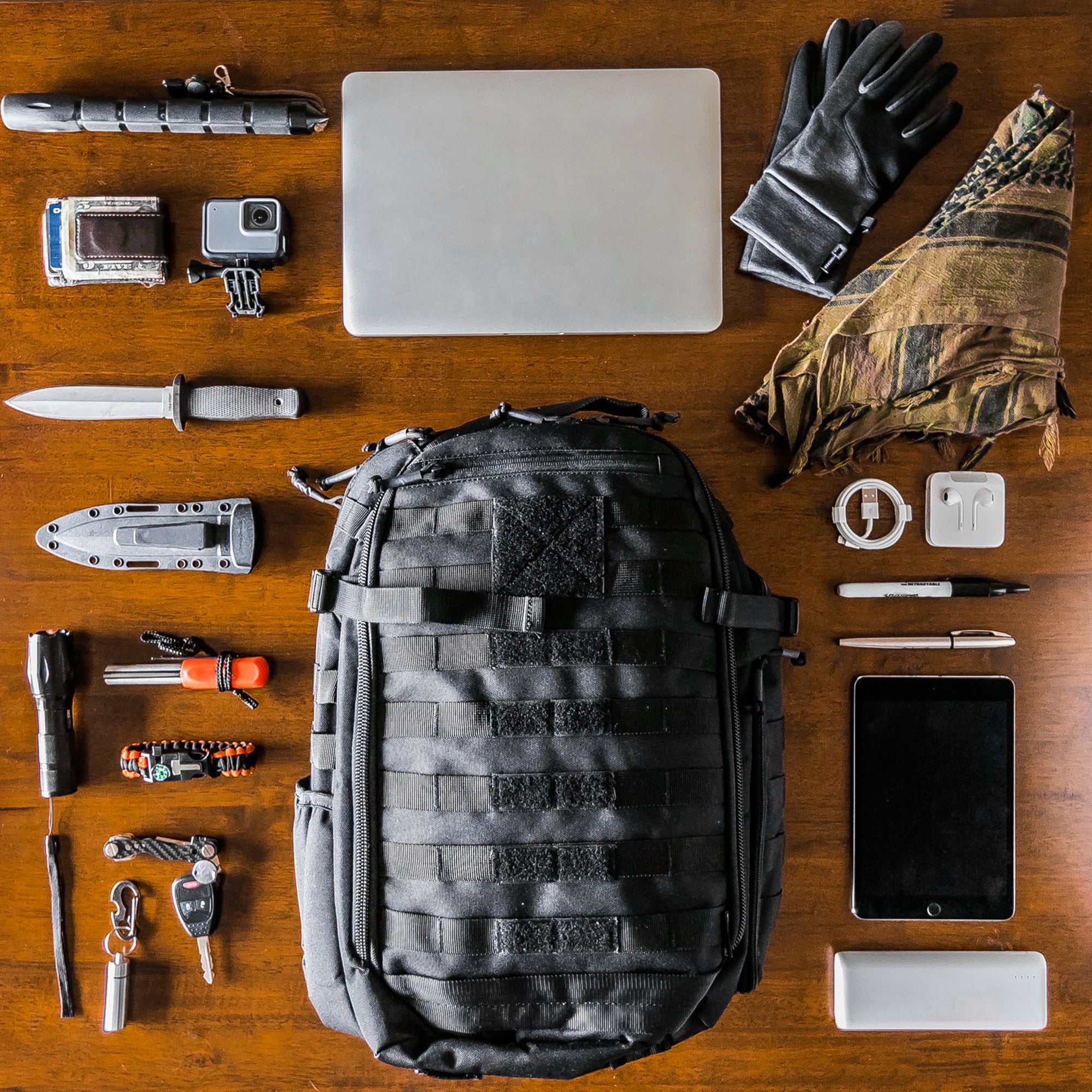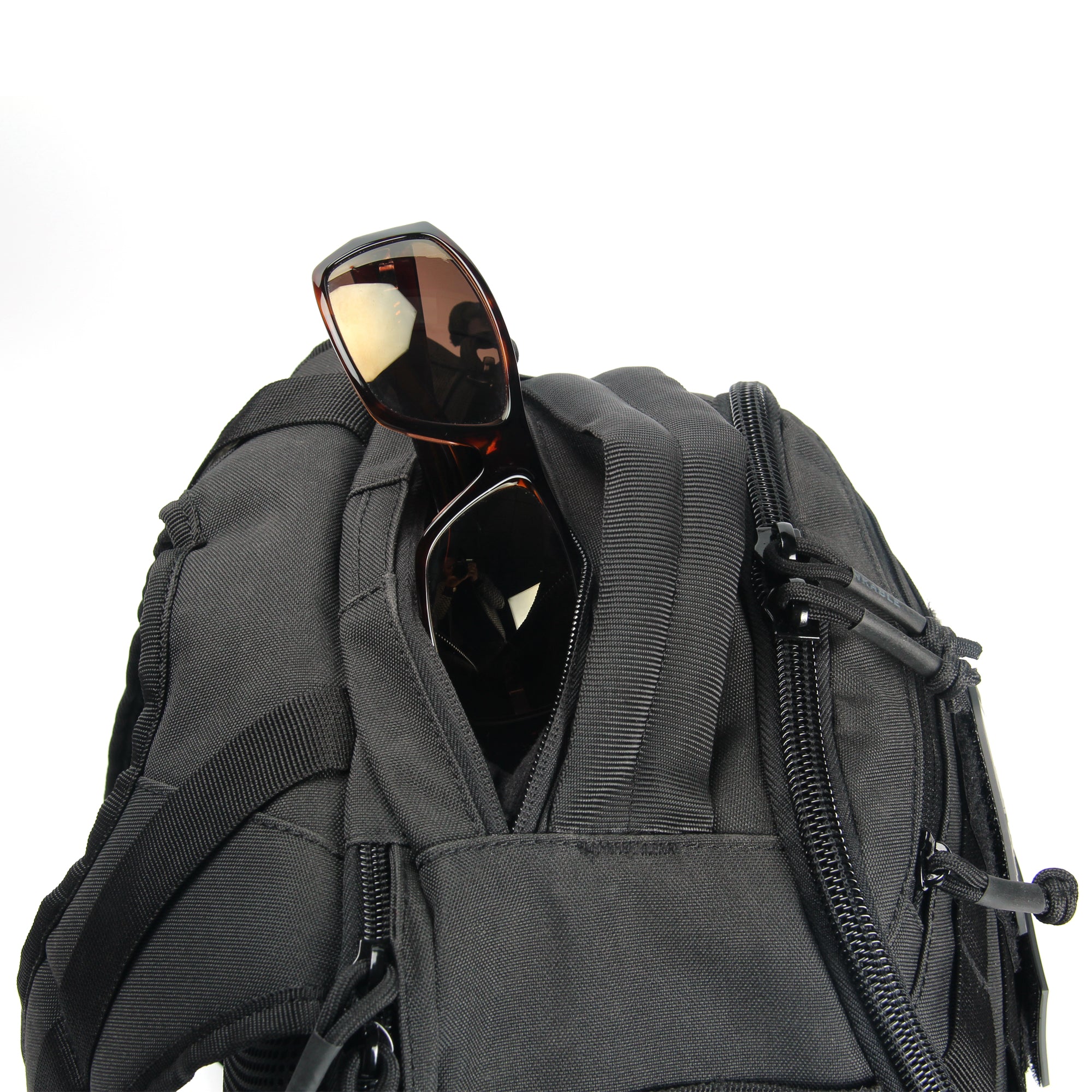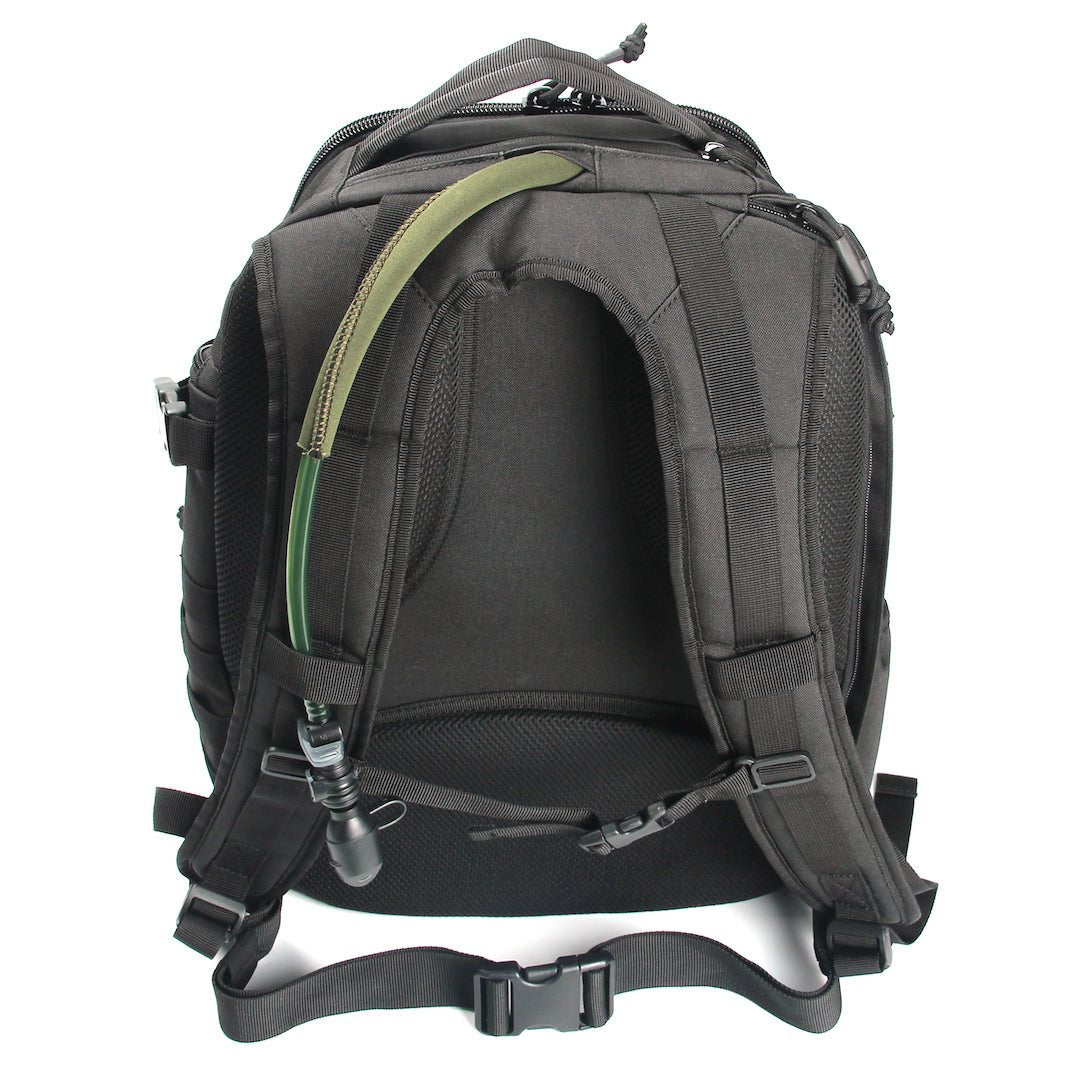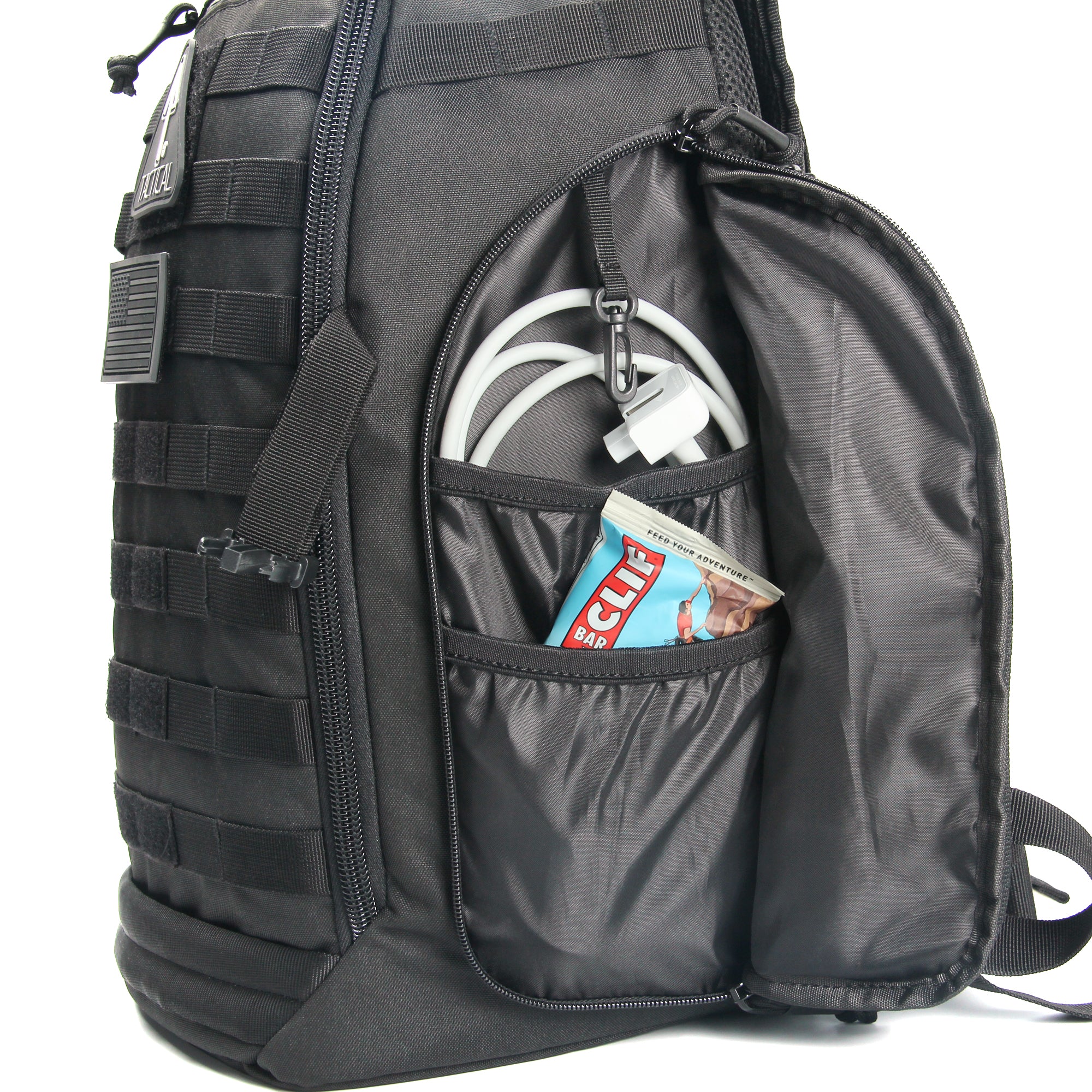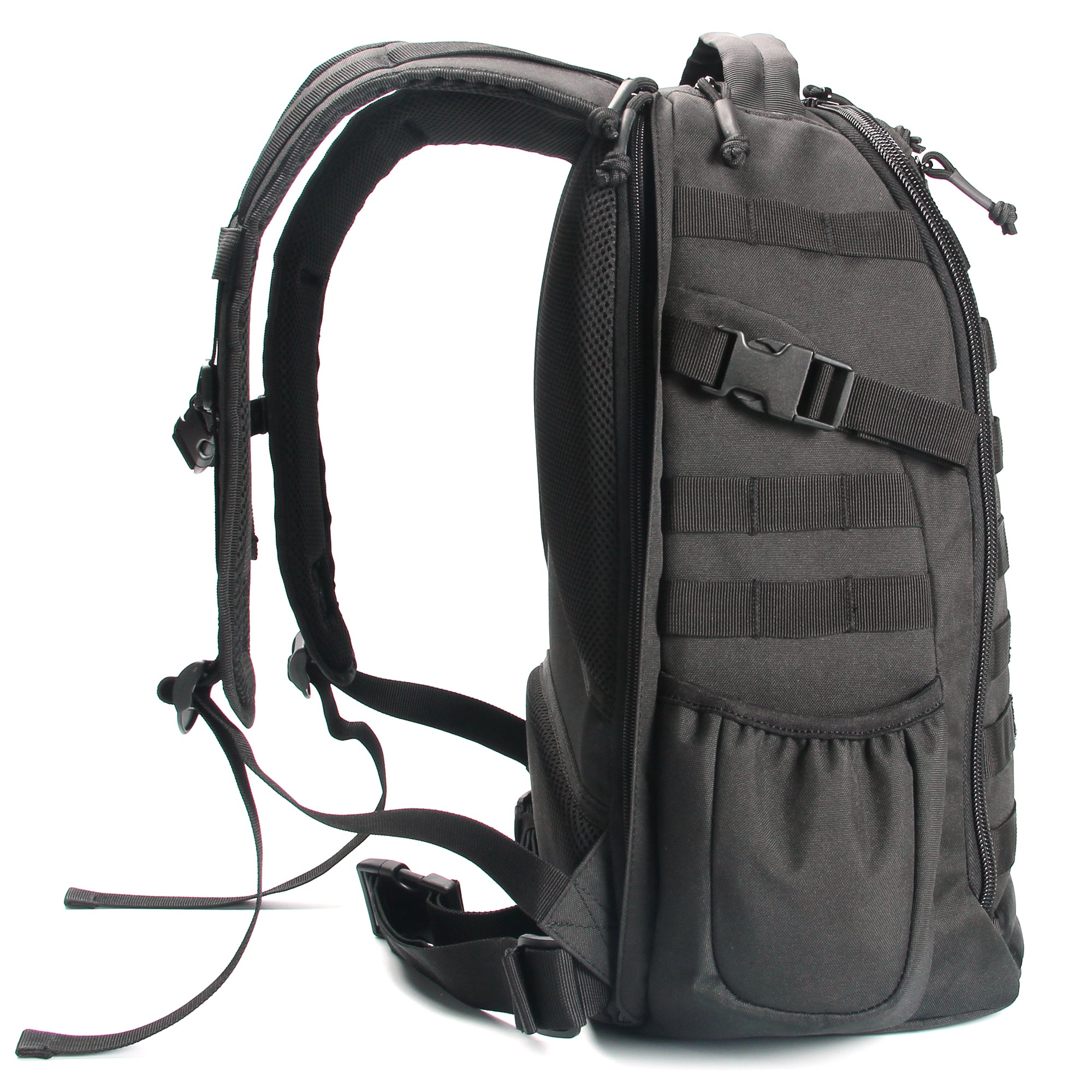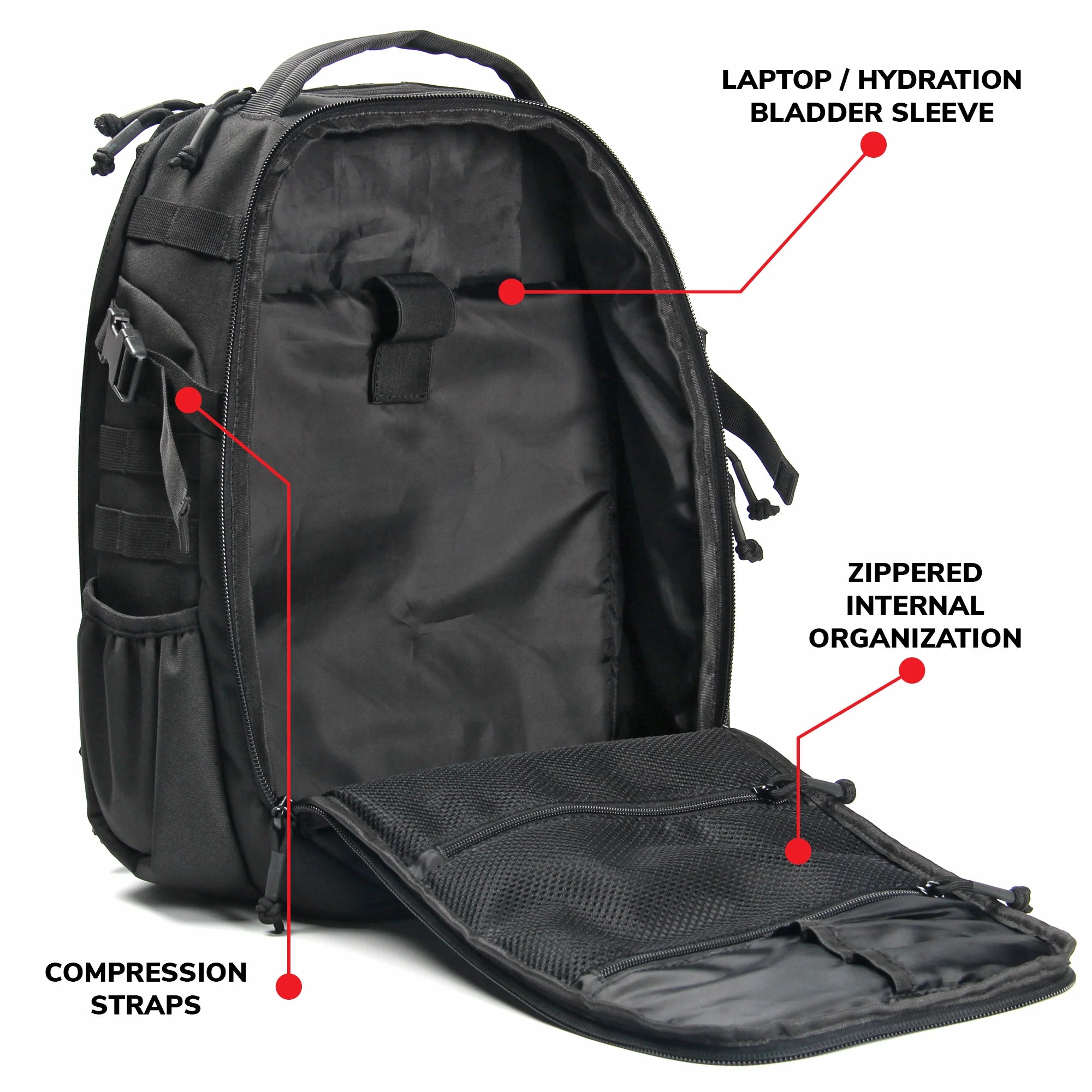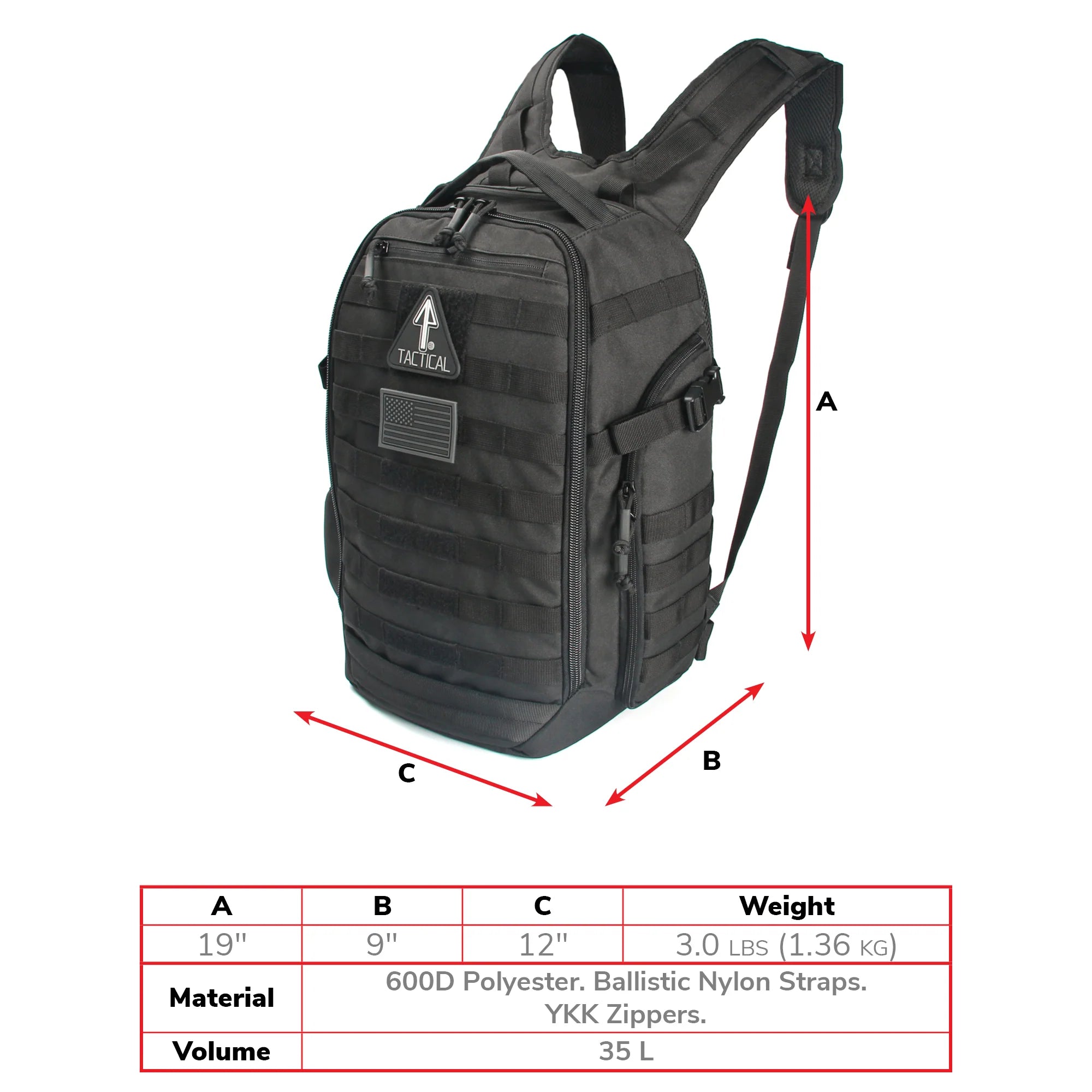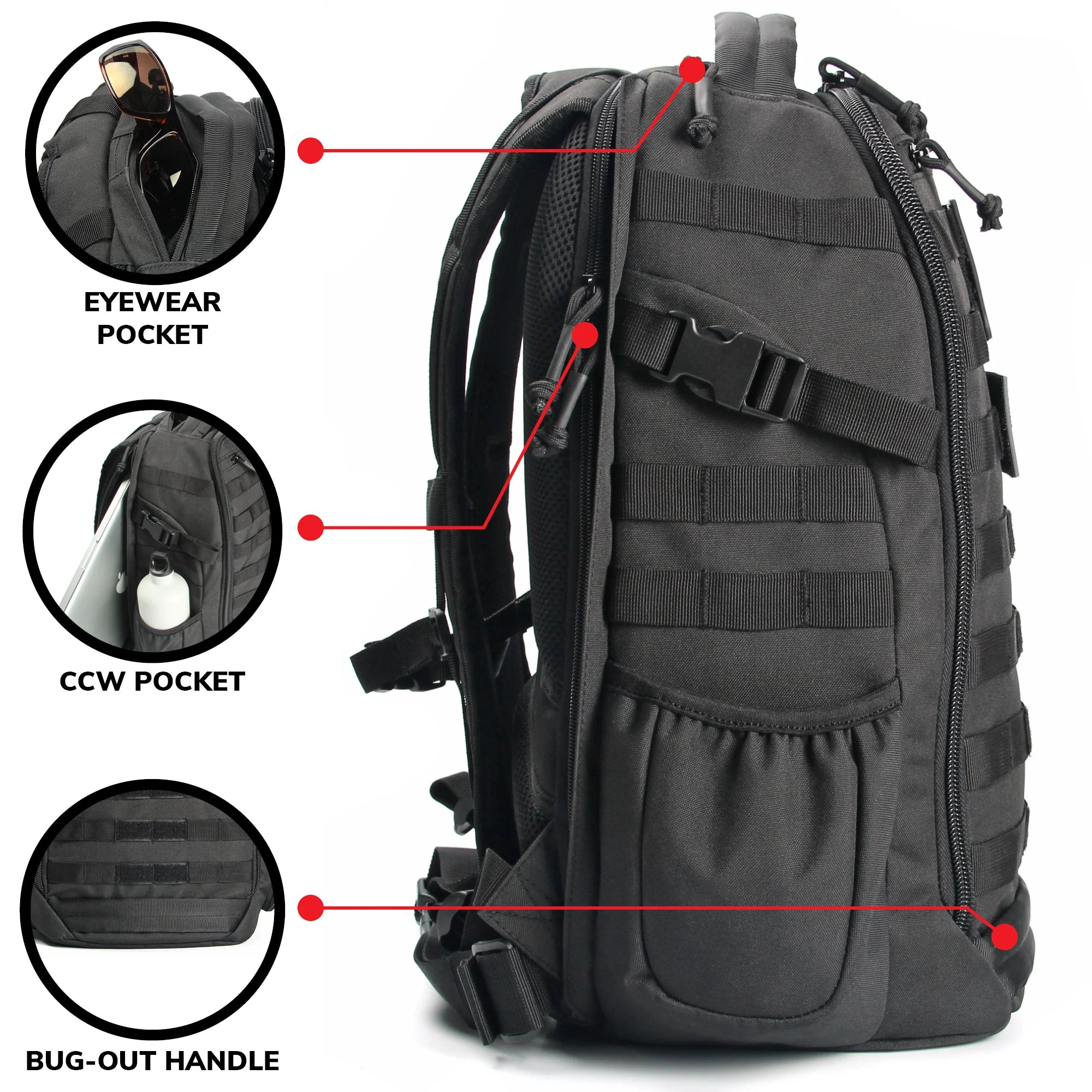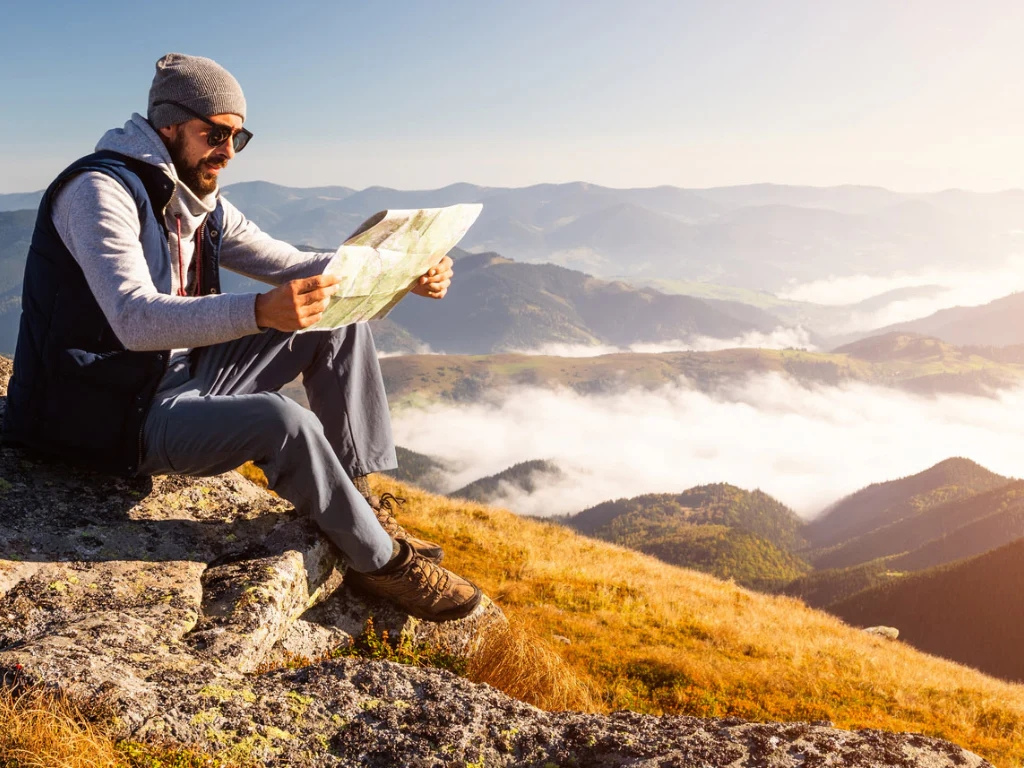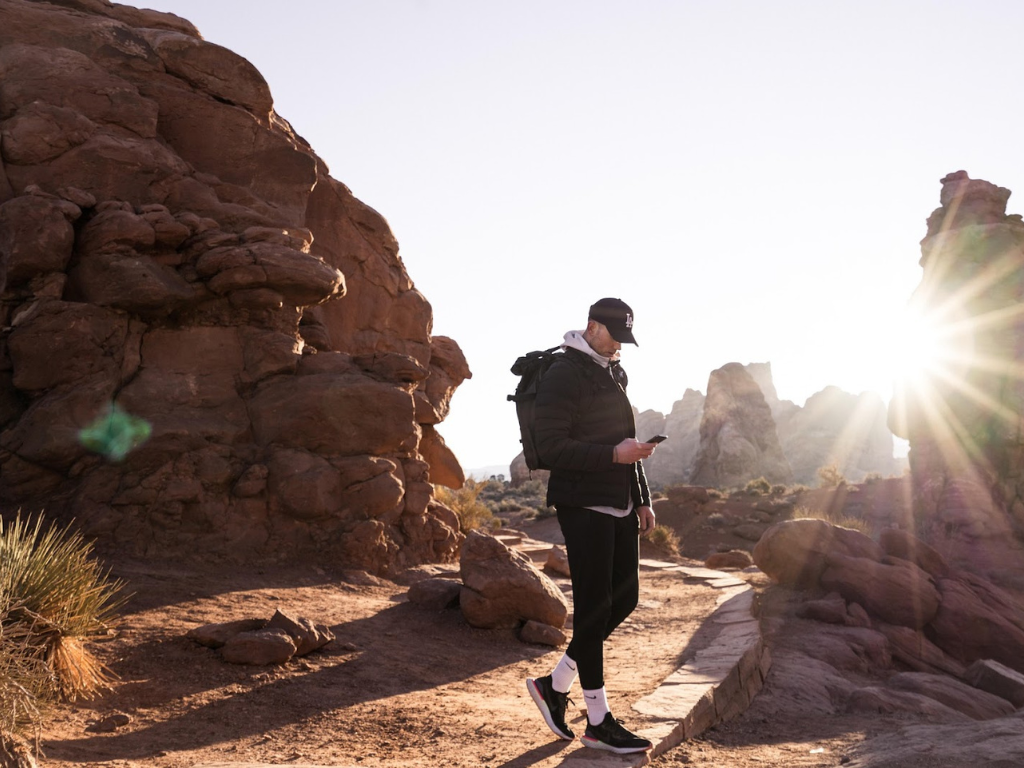
We all have to “grin and bear it” at times, and that’s never more true than when rough weather hits during an outdoor trek. That can be so frustrating! But at the same time, it’s an opportunity to rise to the occasion! And show ‘em what you’re made of!
Camping in harsh conditions can be an ordeal for sure. Though for the tactically prepared, it’s something of a minor setback. With the proper training in camp setup techniques, you should be able to get your shelter up even in difficult weather. Check out these outdoor survival tips to get a clue on how to accomplish that.

Choosing a Suitable Campsite in Harsh Conditions
The rules for selecting a good campsite don’t change when the weather does. No matter how rough conditions get, you’ll still follow the same camping strategy. Your range of options will be more limited, though. If you can’t hike very far, for example, you’ll be forced to make camp somewhere within a restricted movement range.
Weather aside, these are the main considerations for deciding where to make camp:
- Flat terrain, to provide you with a level campsite
- Off the trail, so you don’t hinder the passage of hikers
- Away from natural hazards and other dangers
- Close to a water source and firewood resources
- Protected from strong winds and excessive heat
- Not too close to animal trails or habitats
- Not too close to insect breeding areas
Even in good weather, you might not be able to find a location that fits all of the criteria. You have to make a judgment call and select a site that is acceptable, even if it’s not perfect. The most important thing is to avoid camping someplace where you will be directly exposed to danger. For example, don’t camp next to a river and risk getting swept off in a flash flood.
Extreme weather camping may force you to choose a location that is less than ideal. But then it becomes even more vital to ensure that the campsite is not situated near any natural hazards or potential dangers.

Best Outdoor Survival Tips: Camp Setup Techniques
Understanding how to put up shelter correctly can prove vital in extreme weather camping. After selecting a location, you’ll want to figure out a good layout for your camp. Unless you’re in a great hurry, take time to examine the area and plan your setup. Consider what would be the best approach to positioning your tent and orienting its entryway. Can you situate it in the shade—but not underneath anything that could prove harmful? Is there a way to provide some protection from the wind?
Putting down a waterproof groundsheet is a great idea. When the weather worsens, the terrain underfoot can get muddy or even soaked. The groundsheet provides an additional line of defense.
Protect food from local wildlife and, above all, don’t keep it near you in the tent! The scent of food may draw bears and other creatures! You’ll want to secure the food in an airtight container (which helps keep the scent enclosed) at a spot that’s a good distance from where you sleep.
Whenever possible, try to set up a weatherproof tarp over your campsite. You’ll need enough rope to both hang and secure the tarp. One primary rope should be firmly tied to trees in such a way that you can suspend the tarp on the line. Secondary ropes can then be applied to stretch out the tarp or to secure the tarp in place. The securing ropes will be anchored to ground stakes. You can also prop up the tarp using long sticks gathered from the surrounding area. However, such sticks might not hold up long if you’re camping in harsh conditions.

Tactical Camping Gear for Rough Weather Conditions
Hiking in the rain can be a pleasant experience. Go on enough outdoor adventures, and you’ll sometimes end up hiking in the wet—especially if you enjoy going on spring camping trips. The right tactical camping gear can help to enhance the experience of such a hike.
Dealing with harsh weather can mean greater discomfort, but you should easily handle it when equipped with the same gear. Here’s what you need:
A durable tactical backpack: You have to protect your belongings while hiking, and keep them from getting wet or damaged! You need a bag you can depend on—something like the 14er Tactical Backpack. With its tough, water-resistant hide, this backpack provides a good defense against rain and excessive moisture. We advise you to also pack a rain cover for your bag. If you experience heavy rain, you can put the rain cover around your backpack for additional protection.
A weatherproof shelter: You’ll want a tent that can withstand camping in harsh conditions. One that you can secure to the terrain with no worry of the components coming loose. Or the tent itself getting torn from its place. Extreme weather camping can also mean dealing with perilously hot or cold weather. You should pack a tent that is suitable to the hike planned—including environmental hazards. Tents are categorized according to the number of seasons they are built to withstand. Technically, these tents are designed for various types of weather, not seasons (despite the name). The more lightweight 3-season tents offer protection against windy and rainy weather. The tougher 4-season tents can hold their own against intense winter conditions.
Rainproof outerwear and layers: A tactical hiker is always prepared to deal with a change in the weather. That means being prepared with up to four layers of clothing to don in a hike. In pleasant weather, you can manage with a couple of layers, but when it starts getting nippy, you can put on a couple more. The innermost layer needs to be moisture-wicking to help keep you dry and comfortable. Additional layers should provide added warmth while being breathable. The outermost layer should protect you from rain—so wear a good hiking jacket or tactical outerwear.
Cold weather gear: You won’t need heavy-duty winter gear on a summer hike, unless you plan to go on a high-altitude trek. If you are going on a trek in wintertime, you’ll definitely have to pack protective gear against the cold. A winter sleeping bag is a must. Temperatures can drop precipitously at night, which can be terribly uncomfortable—even life-threatening. With a cold weather rated sleeping bag, you greatly improve your chances of getting a good night’s rest.
Tactical Camping Gear Guide and Resources
We’ve only scratched the surface of what a tactical hiker needs to know about choosing the right gear. That’s why we’d like to invite you to check out the 14er Tactical Resources Blog for our handy guides on camp setup techniques and other outdoor tactical skills! Whether you’re planning to challenge one of the major hiking trails or preparing for a weeklong camping trip, we’ve got you covered! Our blog offers advice on those scenarios in addition to many other outdoor survival tips.


